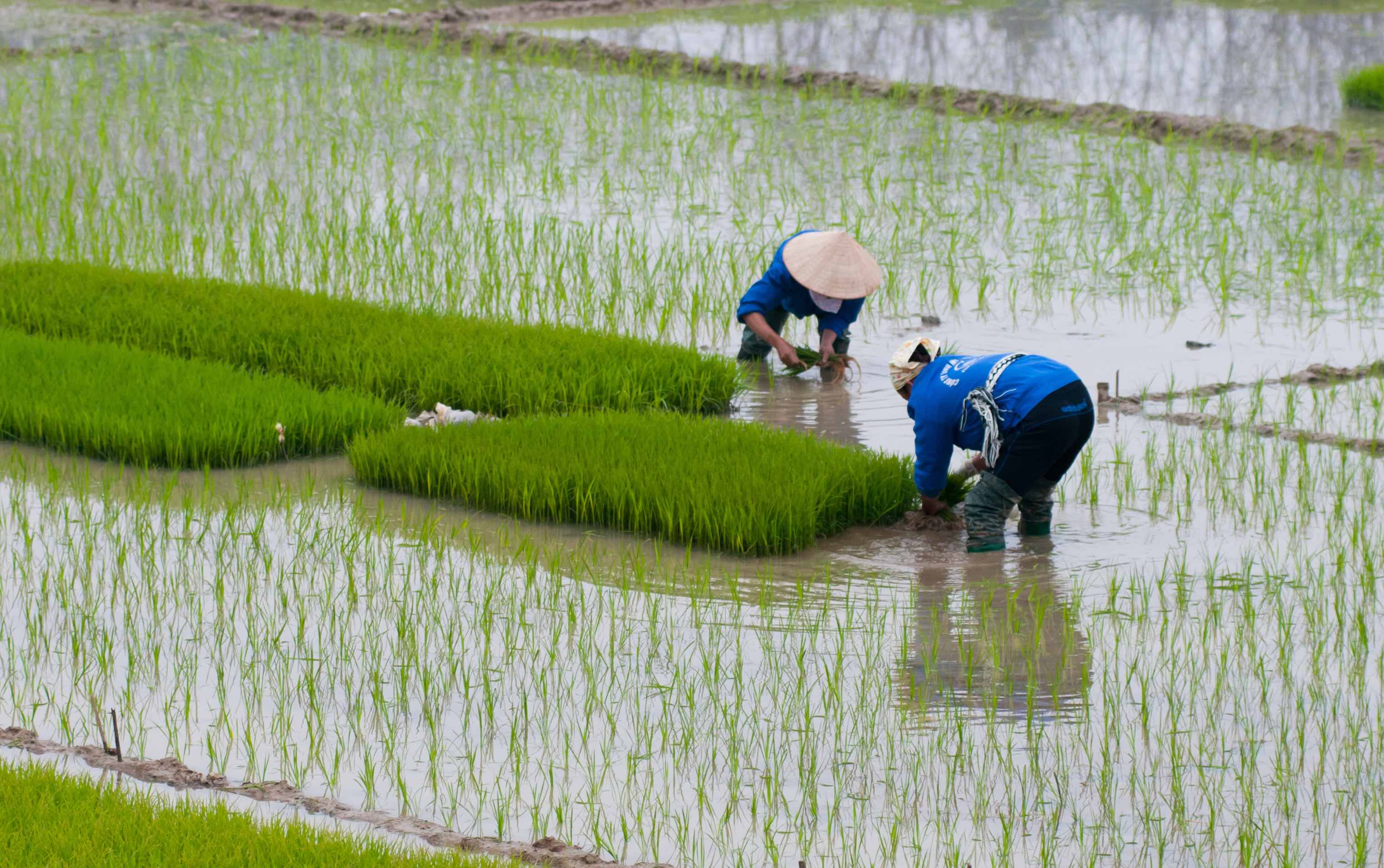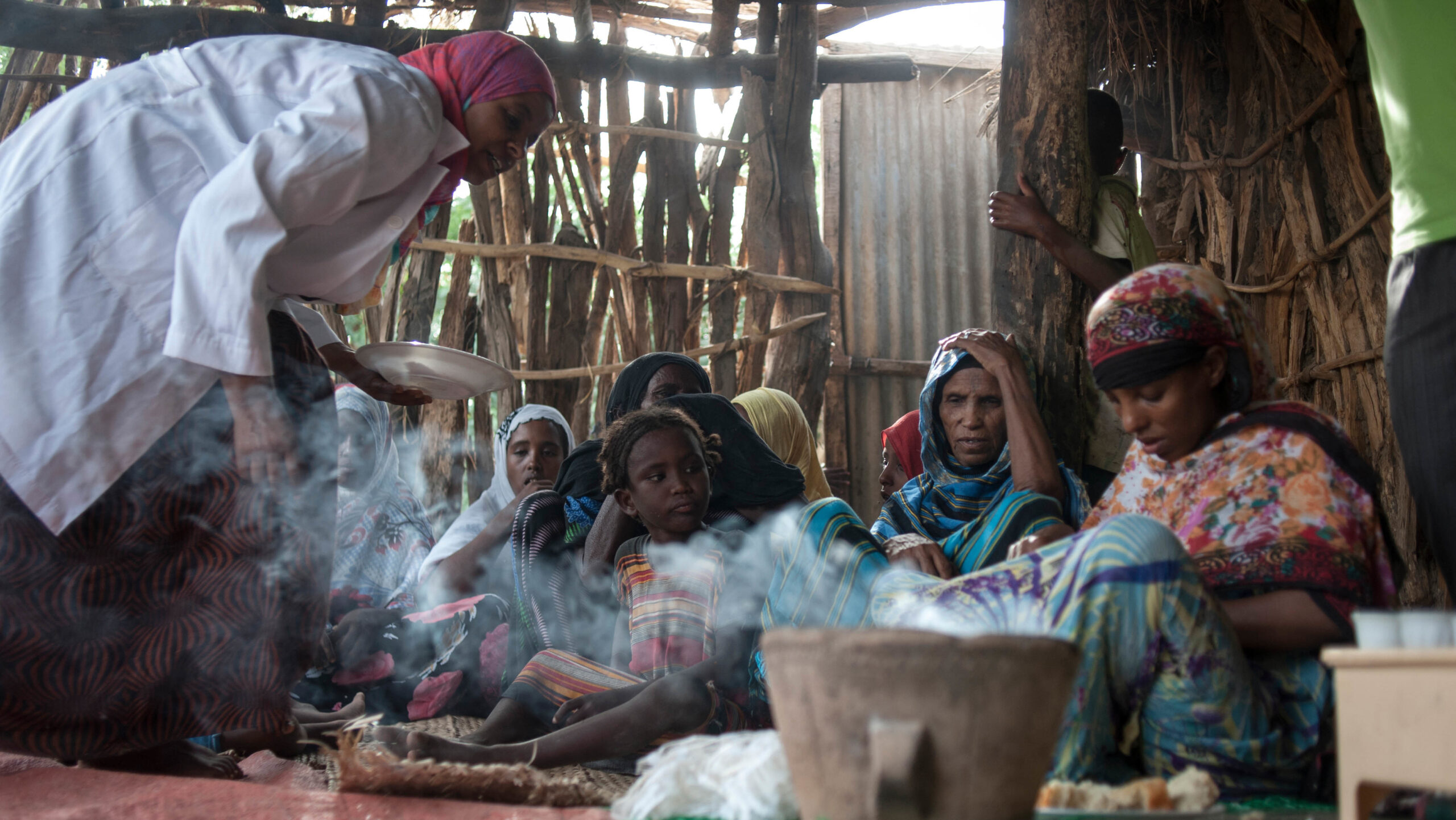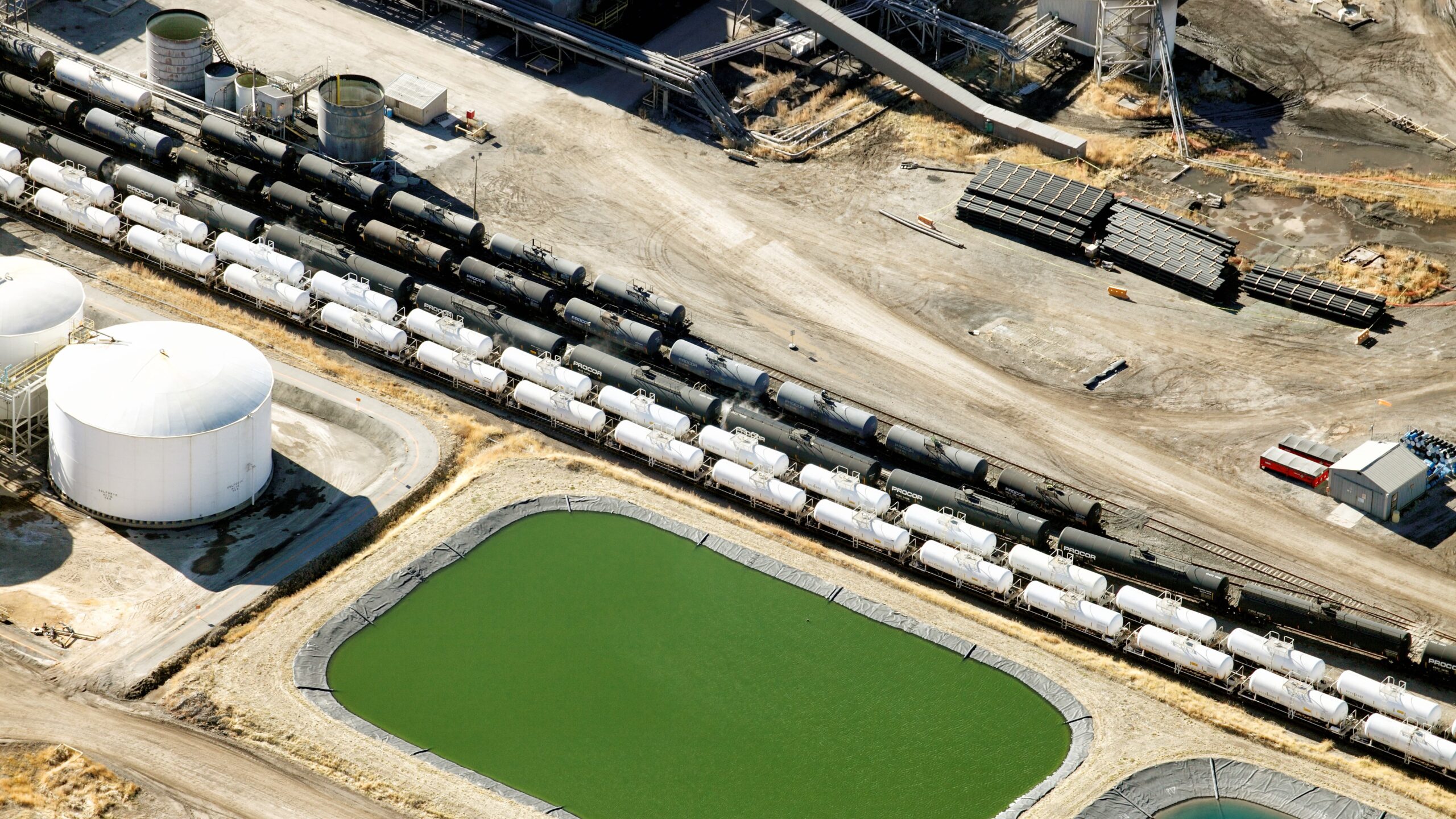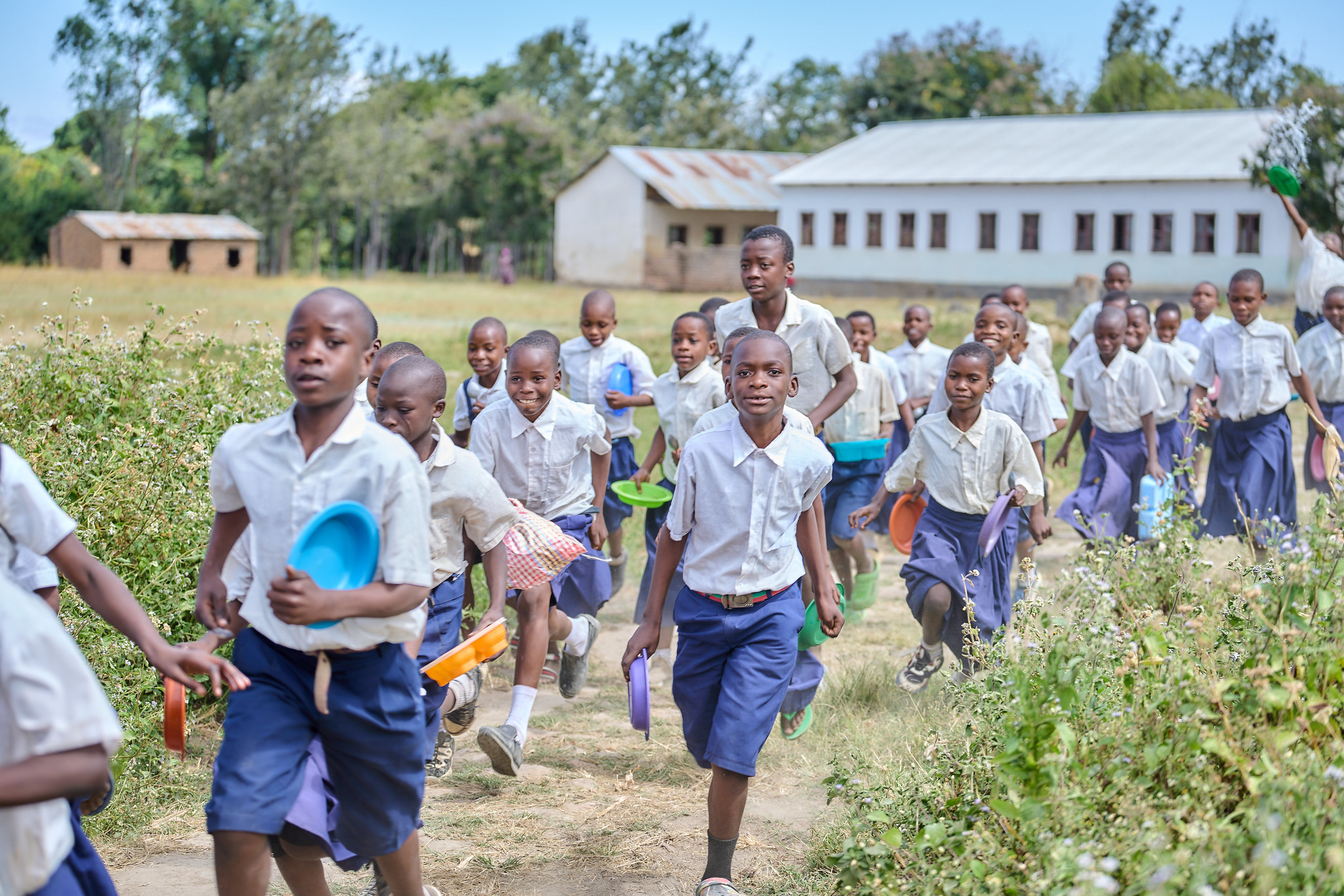Agricultural markets—particularly trade in cereals such as wheat and maize—have seen significant volatility over the past year as impacts of the Russia-Ukraine war, combined with tight global stocks, drove prices to record (nominal) highs. The rice market, by contrast, has been generally tranquil (Figure 1). Large global supplies and the lack of any direct trade connection to the Ukraine conflict left rice relatively immune to the price spikes seen with other commodities. But recently there have been signs of trouble. Rice prices have risen (up 20%-30% from September 2022), due in part to the floods in Pakistan. Global stocks fell about 5% year over year and are now projected to be at their lowest level since 2017/18.
The rapid emergence of El Niño, a recurring climate pattern that results in warming of sea surface temperatures (SSTs) in the eastern Pacific Ocean, combined with a forecasted positive Indian Ocean Dipole, a similar phenomenon, is raising concerns about possible impacts on rice production in South and Southeast Asia.
Amid the continuing global food price crisis, a shortfall in rice production would likely to trigger a new round of price increases that would hurt consumers—particularly those in the Asia Pacific region, who consume 90% of world’s rice. In this post, we discuss three issues that will affect global rice markets in the coming months: Fertilizer availability for farming; El Niño and its likely impact in rice production; and current trade policies of the large rice exporting countries and their impacts.
Figure 1
The global rice market and recent price trends
Global prices for cereals, particularly for wheat and maize, were already on the rise in early 2022, then saw sharp price increases following Russia’s February 2022 invasion of Ukraine, and remained high for months amid disruptions in global supplies. The rice market was calm during this period, as the large exporting countries remained unaffected by the war. Lately, however, rice prices have risen due to production shortages. Figure 2 shows the two-decade trend in prices for 5% broken white rice for two large exporting countries—Thailand and Viet Nam.
Figure 2
Thailand’s average monthly rice export price in the first three months of 2023 rose to $495 per metric ton, 13% higher than the 2022 average. Viet Nam had a relatively smaller increase (9.6%) for the same period compared to the 2022 monthly average in nominal terms. Prices have been rising since July 2022 in both markets, reflecting both global production shortfalls (for example, Pakistan production in 2022 was down almost 30% due to flooding) and record demand.
Fertilizer availability and its impact on the coming rice planting season
Rice is a fertilizer-intensive crop, and 2022 saw large disruptions in global fertilizer markets. Yet rice markets managed to weather this crisis. What happened?
China, a major exporter of nitrogen-based (N) and phosphate-based (P) fertilizers to many Asian markets, implemented trade restrictions in October 2021 that sharply reduced exports of fertilizer products such as diammonium phosphate (DAP) and urea. Chinese DAP exports, which typically account for 30% of global DAP trade, fell by 43% in 2022 compared with 2021, while Chinese urea exports declined by 47% in the same time frame. In early 2022, the European Union imposed trade sanctions on Belarus in response to its 2021 forced grounding of Ryanair flight 4798 to seize a dissident journalist. This had a sharply negative impact on Belarus exports of potash (K). Lastly, sanctions imposed on Russia in 2022 following the invasion effectively reduced exports of fertilizer, though the sanctions explicitly exempted fertilizers.
As with other commodities, fertilizer prices hit nominal record highs in 2022, and while they have declined almost 80% from those peaks, they remain almost double those of January 2020.
Countries in South Asia and Southeast Asia account for almost 60% of global rice production and over 80% of global rice exports. They depend heavily on fertilizer imports from countries like Russia (N, P, K), China (N, P), Belarus (K), Canada (K), Morocco (P), Saudi Arabia (N, P) and Israel (N, K).
With restrictions affecting fertilizer exports from Belarus, China, and Russia, countries had to adjust by increasing imports from other suppliers or by cutting back.
The case of India—one of the largest fertilizer importing rice producers in Asia—is illustrative. As shown in Figures 3a, 3b, and 3c, India’s mix of fertilizer sources shifted significantly in 2022 compared to 2021. While DAP imports from China fell by almost 30%, India was able to increase its supply of fertilizers from Russia and Morocco (Figure 3a). Similarly, India was able to offset declines in China urea imports with supplies from Russia, Oman, Qatar, and other Gulf States (Figure 3b). Despite higher prices, the country imported 32% more fertilizers by volume—of both DAP and urea types—in 2022 than in 2021.
India potash imports from Russia and Belarus fell by almost two thirds in 2022 (Figure 3c). Increased imports from Canada and Israel partially offset that decline, but overall, potash imports were down almost 11%.
Figure 3a
Figure 3b
Figure 3c
Other large rice producing countries such as Bangladesh, Indonesia, Viet Nam, Thailand and Pakistan have faced similar challenges in sourcing fertilizer components. For example, there were early concerns last year that Bangladesh would face a shortage in potash because of disruptions affecting its usual suppliers Belarus and Russia, but Bangladesh imports from Canada were up significantly and rice yields for 2022/23 were relatively unaffected.
With the exception of Pakistan (flooding), rice yields in Asia have been generally at or above year ago levels. If shortages of fertilizer components persist into the new crop year, yields could potentially be affected; but for the present, countries seem to be able to source alternative suppliers, and declining prices, while still high, have improved expected profitability measures.
El Niño and its likely impact in South and Southeast Asia
Another emerging problem is climatic conditions that may limit rainfall during monsoon season in South Asia, with El Niño and a positive Indian Ocean Dipole potentially resulting in warm, dry weather that could hurt rice production.
According to NOAA, there is a 82% chance of El Niño developing during May-July 2023, followed by an 89% probability in June-August (Figure 4), while the likelihood of a strong El Niño is estimated at 55%. El Niño fuels warmer SSTs associated with dryer seasons in South Asia and Southeast Asia (map). Impacts may be exacerbated by the positive phase of Indian Ocean Dipole, characterized by the fluctuations of SSTs between the western and eastern parts of the ocean basin that can lead to reduced rainfall over the Indian subcontinent.
Figure 4
Map
A strong El Niño developing this summer could have a significant impact during the monsoon season, when the rice planting period in India and Bangladesh is starting. In India, the main rice crop planting season, also known as Kharif, is June-July, and relies heavily on rainfall.
In previous El Niño episodes since 2000 (grey bars in Figure 5), rice yields dropped 4%-11% from the trend yield due to low rainfall levels. A 2023 study shows that the global mean rice yield is reduced by 1.33% due to El Niño, and that13.4% of rice harvest areas is significantly negatively associated with El Niño. Bangladesh, India, Indonesia, and Viet Nam are the most-affected countries, the study shows.
Figure 5
Export restriction of rice by large exporters
Finally, trade restrictions pose another risk for rice prices. The world is still contending with high food prices amid continuing restrictive trade policies by major exporters. For example, India’s export ban on broken rice, imposed in September 2022, was brief, but an increased tax on non-basmati rice remains in place. These measures reflect the government’s wariness of high domestic food prices and fears about future grain supplies.
As we saw in 2022, there is a positive association between food prices and the share of restricted global food trade; as food prices fell, restrictive measures eased. A recent, not yet published study estimates that a 5.5 percentage point increase in food inflation increases the likelihood of a country imposing export restrictions on commodities by 37.8%.
The likely emerging combination of factors—a strong El Niño and lack of fertilizer availability in some countries—could reduce rice production this year. Price and other impacts from such a shortfall would be exacerbated if countries resorted to export restrictions as they did in 2007/08.
Conclusion
While wheat, maize and vegetable oil prices saw record highs and much volatility in 2022 in the wake of Russia’s invasion of Ukraine, large global supplies kept rice markets relatively calm. Yet that period of calm for rice may be ending, given rising prices, disruptions in fertilizer availability, and a possibly dry planting season in South Asia and Southeast Asia. Any impacts on monsoon patterns will depend on the timing and strength of El Niño, but in the meantime, these phenomena should be closely monitored. Whatever happens, governments should resist the urge to impose export restrictions or take other policy actions that could further drive up rice prices, creating more problems for consumers, especially the poor and other vulnerable groups.
Abdullah Mamun is a Senior Research Analyst with IFPRI's Markets, Trade, and Institutions (MTI) Unit; Joseph Glauber is an MTI Senior Research Fellow. Opinions are the authors'.







